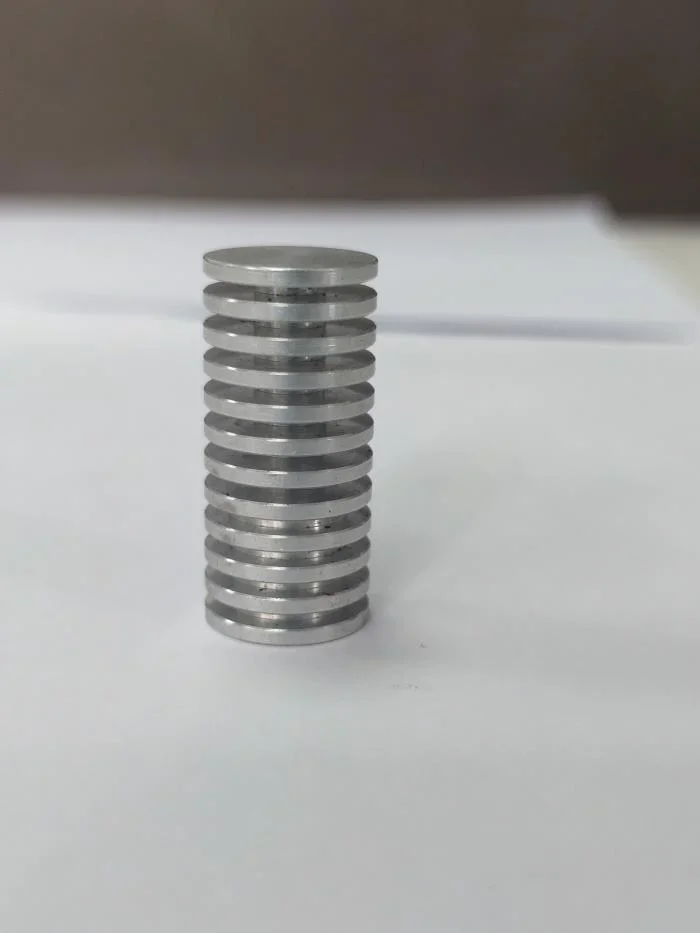Precision automotive metal parts play a crucial role in the functioning and performance of vehicles. From engine components to suspension systems, these parts require meticulous manufacturing processes to ensure accuracy, durability, and reliability. In this blog post, Rui Pu Luo will share the manufacturing process of precision automotive metal parts for sale, the various stages involved in producing these critical components, the technologies used, and the quality control measures implemented.
I. Design and Engineering Phase
The manufacturing process of precision automotive metal parts begins with the design and engineering phase. This stage involves collaboration between engineers, designers, and manufacturers to develop detailed specifications and blueprints for the desired components. Advanced computer-aided design (CAD) software is utilized to create 3D models, allowing for precise visualization and analysis of the parts. During this phase, factors such as material selection, tolerances, and functional requirements are carefully considered to ensure optimal performance and compatibility with the vehicle.
II. Material Selection
Choosing the right materials is crucial in the manufacturing of precision automotive metal parts. Factors such as strength, durability, heat resistance, and weight are taken into account. Commonly used materials include various grades of steel, aluminum alloys, and titanium. Each material has its own unique properties and characteristics, making it suitable for specific applications within the automotive industry. Manufacturers must carefully evaluate these properties to select the most appropriate material for the desired component.
III. Machining and Forming Processes
Once the design and material selection are finalized, the manufacturing process moves on to machining and forming. This stage involves the use of advanced machinery and techniques to shape the raw material into the desired component. Machining processes such as milling, turning, drilling, and grinding are employed to remove excess material and create intricate features with high precision. Computer numerical control (CNC) machines are commonly used to automate these processes, ensuring consistent and accurate results.
Forming processes, on the other hand, involve reshaping the material without removing any significant amount of material. Techniques such as forging, stamping, and extrusion are utilized to create complex shapes and contours. These processes require specialized machinery and tooling to apply the necessary force and pressure to deform the material into the desired form. Heat treatment may also be employed during this stage to enhance the material's properties and improve its strength and durability.

IV. Surface Finishing and Coating
Surface finishing and coating are essential steps in the manufacturing process of precision automotive metal parts. These processes not only enhance the aesthetics of the components but also provide protection against corrosion, wear, and friction. Techniques such as polishing, buffing, and sandblasting are employed to achieve smooth and visually appealing surfaces. Additionally, various coating methods, including electroplating, powder coating, and anodizing, are utilized to apply protective layers onto the components. These coatings can provide resistance to chemicals, UV radiation, and other environmental factors, ensuring the longevity and performance of the parts.
V. Quality Control and Inspection
Quality control and inspection play a vital role in ensuring the reliability and functionality of precision automotive metal parts. Throughout the manufacturing process, rigorous testing and inspection procedures are implemented to identify any defects or deviations from the desired specifications. Advanced measurement tools, such as coordinate measuring machines (CMMs) and optical scanners, are utilized to verify dimensional accuracy and tolerances. Non-destructive testing methods, including X-ray and ultrasonic testing, are employed to detect any internal flaws or defects that may compromise the integrity of the components. Additionally, functional testing is conducted to evaluate the performance and compatibility of the parts within the intended automotive systems.
Conclusion
The manufacturing process of precision automotive metal parts is a complex and intricate endeavor that requires a combination of advanced technologies, skilled craftsmanship, and stringent quality control measures. From the design and engineering phase to the final inspection, every step is crucial in ensuring the production of high-quality components that meet the demanding requirements of the automotive industry. By understanding the intricacies of this manufacturing process, we gain a deeper appreciation for the precision and expertise involved in creating the vital components that power our vehicles.
Rui Pu Luo
ruipuluo_wyh2017@163.com

